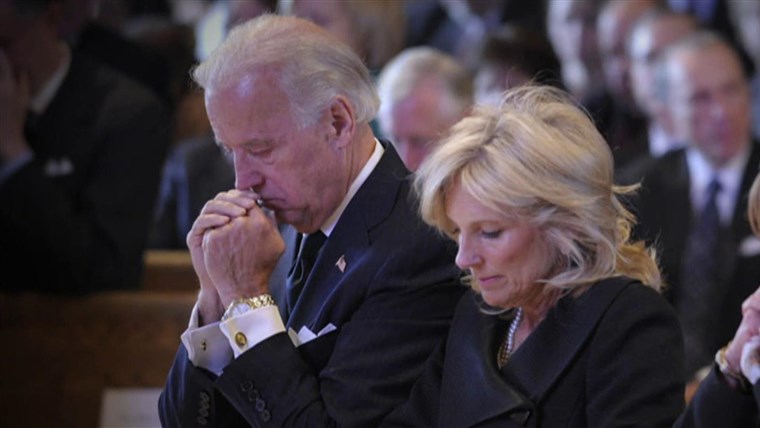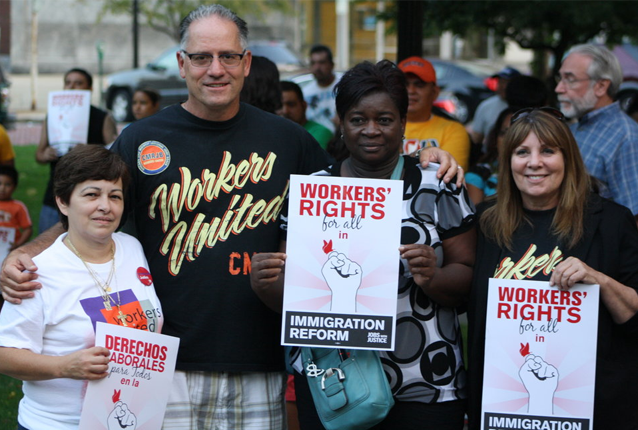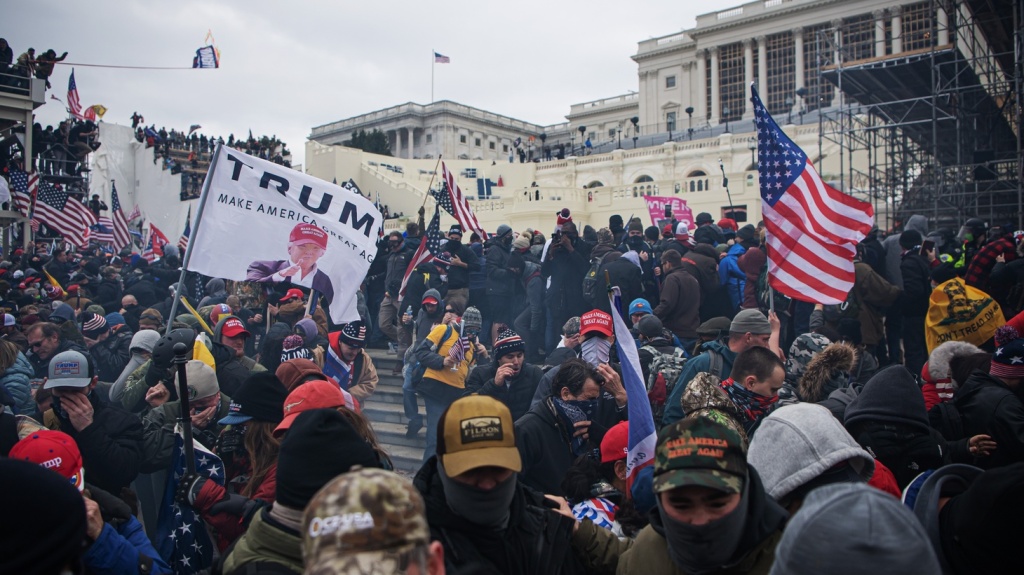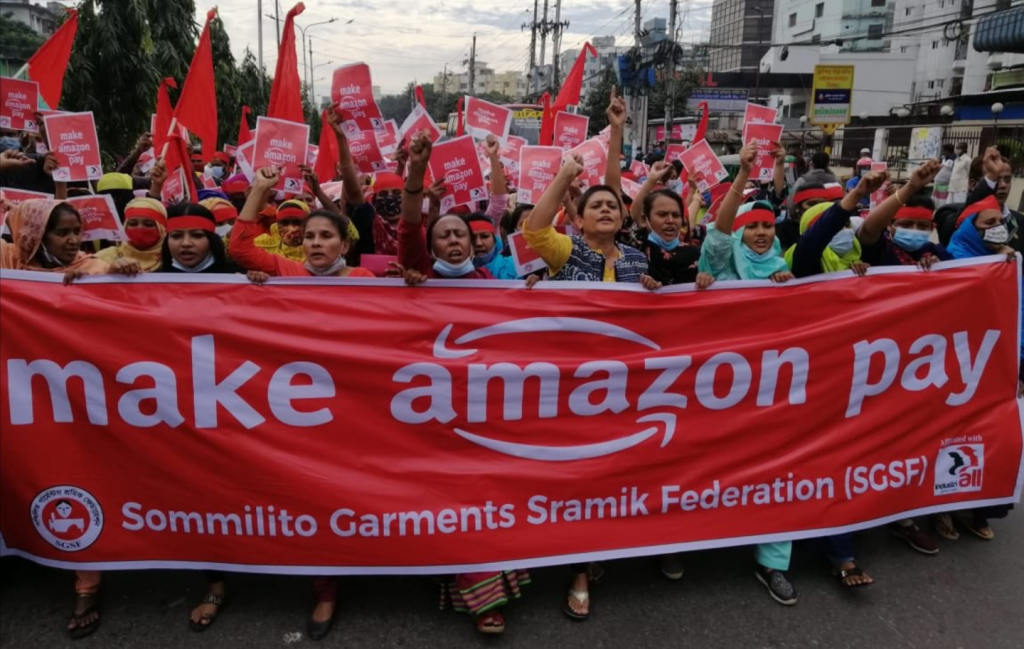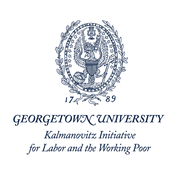This past year of the pandemic has, for many, been one of struggle and isolation. So films about single older working-class women dealing with economic and personal challenges might not seem inspiring at the moment. But the insights they provide into how belonging helps people navigate hardship make them worth a look.
Chloe Zhao’s Golden Globe-winning film Nomadland, follows Fern, a 60-something working-class woman who, as she says, likes to work and needs the money. Zhao created Fern as a composite of two of the real older women Jessica Bruder features in the non-fiction book on which the film is based. Like the real Swankie and May, Fern travels the western US, from short-term job to short-term job, living in the van she has retrofitted with a mattress, a propane stove, a bucket toilet, and enough storage space for a few dishes, tools, and clothes. She also fits in a notebook of old slides and a box of old photos.
Like many other nomads, Fern lives in the van because she has lost her house, and she takes on a series of working-class jobs – in an Amazon warehouse, at a campground, on a beet farm – to earn enough to get by. As reviewers have noted, Bruder’s book offers a more political take on the economic changes that have displaced many working- and middle-class older Americans. “In mindset and appearance,” Bruder writes, the nomads “are largely middle-class.” But the work they’re doing now is clearly working-class, and, as A.O. Scott put it in his New York Times review, they “are footloose but also desperate, squeezed by rising inequality and a frayed safety net.”
Zhao may have softened the book’s political edge, but the film emphasizes the idea of community. Most of her characters travel alone, but they survive largely through mutual aid. On the road, Fern finds a mobile, serendipitous working-class community, led by nomad guru Bob Wells, who appears as himself in the film. As he tells Fern, Bob organizes gatherings and helps people learn how to survive on the road as a way of honoring his son, who died of suicide. Instead of letting himself be engulfed by grief, he devotes his life to helping others, creating a sense of belonging for people who have no permanent homes other than the vehicles in which they live. He explains that never says goodbye to anyone. Instead, he says “see you down the road” – and, he insists, he often does. This is true for Fern, as well. As she travels, she keeps reuniting with people she has met earlier, on the job, at nomad gatherings, on the side of a road. Many teach her practical lessons about how to survive, but they also provide support and companionship in a nomadic life.
As Fern, Frances McDormand creates a powerful sense of the character’s grief over the loss of her husband and the life they had together. Fern feels a strong connection to the company town where her husband worked in a gypsum mine, and she values the bonds she forms with other nomads. Twice in the film, she rejects offers of comfortable, safe, warm homes, first by her sister and later by a man with whom she might well have created a sustaining partnership. She chooses the solitude and movement of nomad life.
Fern’s story might seem like a working-class tragedy. If belonging is central to working-class culture, as some scholars argue, then ending up alone, far from one’s home place, would be the worst possible outcome of a working-class life. And if stability is a desirable quality of working-class jobs and lives, then living on the road, working temporary low-wage jobs, not earning enough to cover the cost of repairs when your van breaks down would seem like a nightmare. But Fern’s story is not a nightmare. It is an alternative vision of working-class belonging, one that relies on good will and persistence in day-to-day survival but also friendship and mutual aid.
As I watched Nomadland, I kept thinking about another portrait of an older working-class woman, Kent Jones’s 2018 film Diane. Mary Kay Place plays a widow who is deeply embedded in a small New England community. When we first meet her, she is delivering a casserole to a friend whose husband is ill. She visits her cousin in the hospital, meets an old friend for dinner, joins extended family members for coffee and commiseration (with a side of familial bickering), and argues with her son over his drug habit while regularly stopping by to bring him food and make sure he’s ok. When Diane gets drunk at a local bar, the owner knows to call her family members, who come to drive her home. Most of the film focuses on actions like that, the myriad kindnesses and struggles that bring people together and sometimes challenge their commitment to each other. This is what working-class belonging looks like – not a joyful, conflict-free round of togetherness but being in each other’s lives, in each other’s business, in good but also complicated ways.
Both films show how the working-class value of belonging isn’t simply a matter of feeling. It’s about survival through mutual aid. In this sense, they illustrate a response to hard times that has helped many get through the pandemic and to survive without power or water due to the recent Southern deep freeze. Most mutual aid probably happens inside informal networks, among family and friends, but over the last year, we’ve also seen efforts organized through social media, like the DC Mutual Aid Network. In these networks, people help each other not by donating to charities or volunteering at the food bank but by bringing food, water, or household items to people who need it or by paying someone’s rent or medical bill.
Nomadland nor Diane are not upbeat movies. They make clear the strains and hardships of working-class life, and they highlight how aging makes those difficulties worse. They take on some of the most significant hurdles of contemporary life – low-wage work, poverty, drug addiction, aging. Neither offers solutions, nor do they address the politics that enable these problems and fail to address them. We don’t get a Norma Rae moment of working-class women’s agency. What we do get is nonetheless powerful: a clear sense of the resilience of working-class women and the power of working-class community.
Sherry Linkon, Georgetown University




